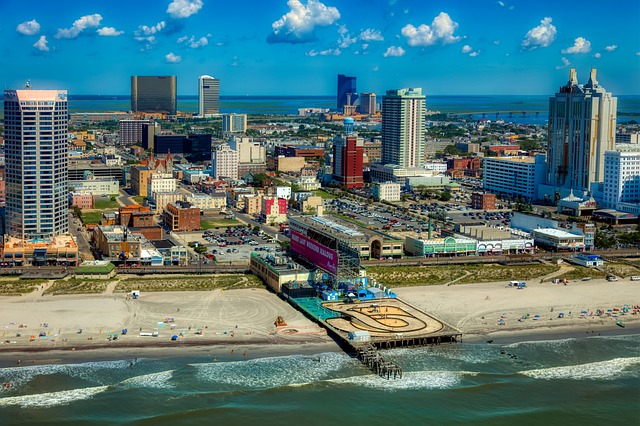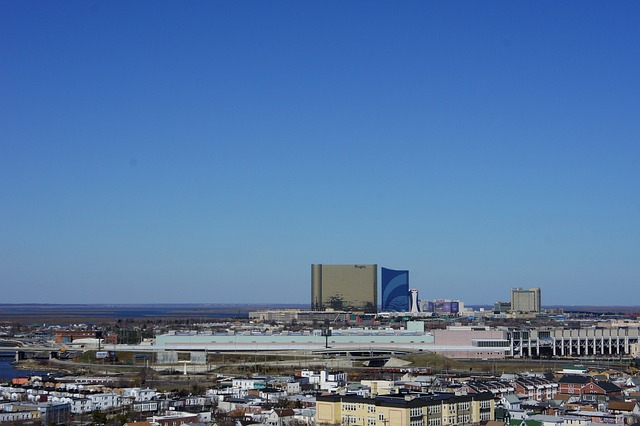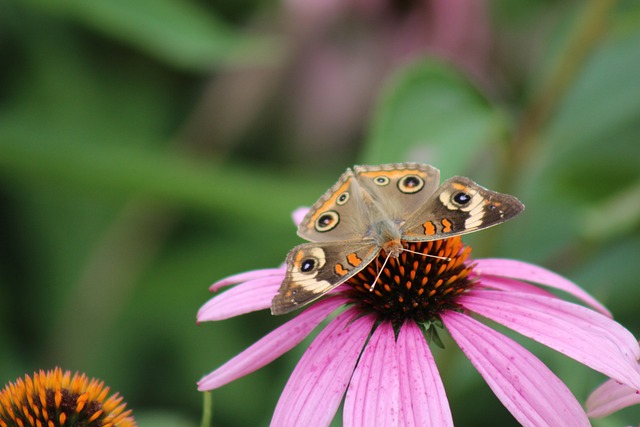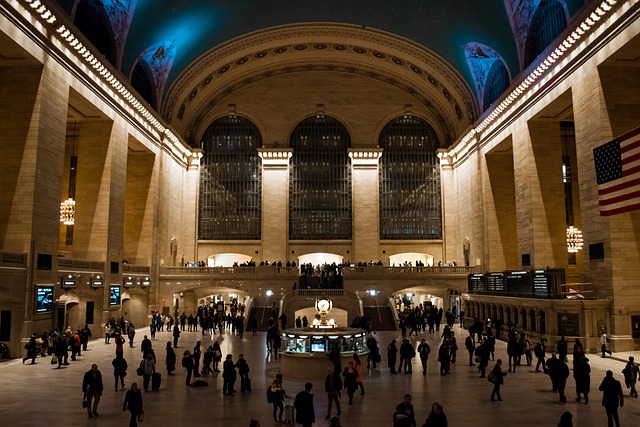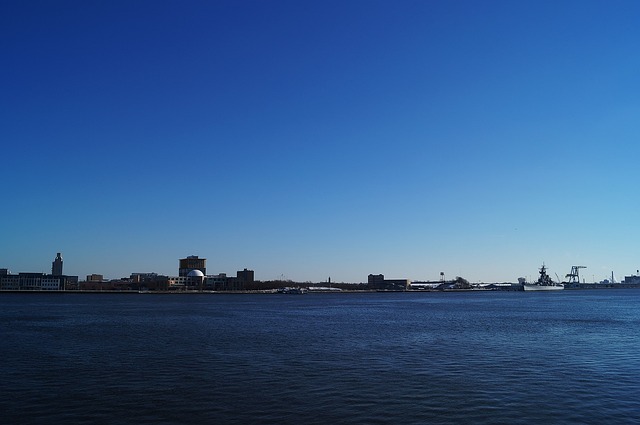The Cornelius Low House in Piscataway, Middlesex County, New Jersey, is a historic 18th-century museum showcasing the region's architectural and cultural evolution. The Middlesex County Museum offers a vibrant blend of history and contemporary art, engaging visitors with diverse artifacts from archaeological finds to renowned artists' works. Through meticulous preservation, the Cornelius Low House stands as a testament to Middlesex County's colonial heritage, providing unique insights into local history for all ages.
“Uncover a piece of Middlesex County’s rich history at the Cornelius Low House, now home to the vibrant Middlesex County Museum in Piscataway, NJ. This architectural gem provides a glimpse into the past with its well-preserved 18th-century structure. The museum is not just a landmark but a cultural hub, showcasing local history through diverse exhibits and collections. From its historical background to ongoing preservation efforts, this article explores why visiting the Cornelius Low House is a must for anyone interested in Middlesex County’s cultural heritage.”
- Historical Background of the Cornelius Low House
- The Middlesex County Museum: A Cultural Hub
- Architectural Features and Preservation Efforts
- Exhibits and Collections: Unlocking Local History
- Visiting Information and Community Impact
Historical Background of the Cornelius Low House
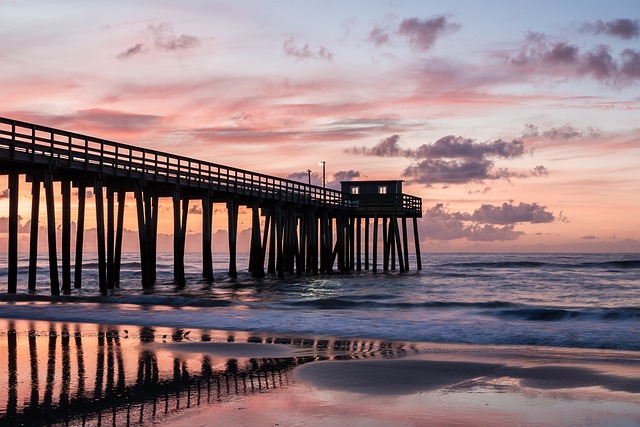
The Cornelius Low House, nestled in Piscataway, Middlesex County, New Jersey, stands as a fascinating piece of local history. This historic structure has witnessed the evolution of the region over centuries, offering a glimpse into the lives of early settlers and their contributions to the area’s rich tapestry. Built in the 18th century, the house is a remnant of a bygone era, reflecting the architectural styles and cultural norms of that time.
Cornelius Low, for whom the house is named, played a significant role in the community’s development. As a prominent local figure, he contributed to the growth of Piscataway and Middlesex County, New Jersey, leaving an indelible mark on the region’s history. Today, the house serves as a museum, allowing visitors to step back in time and explore the stories and artifacts that unveil the past, fostering a deeper understanding of Middlesex County’s cultural and architectural heritage.
The Middlesex County Museum: A Cultural Hub

The Middlesex County Museum in Piscataway, NJ, is more than just a repository of artifacts; it serves as a vibrant cultural hub for the community. This historic site offers visitors a glimpse into the rich past of Middlesex County while also showcasing contemporary exhibitions that celebrate local art and history. With a diverse collection spanning from archaeological finds to works by renowned artists, the museum provides an enriching educational experience.
As a dynamic space, the museum regularly hosts special events, workshops, and lectures, fostering a sense of community engagement. Its commitment to preserving and sharing cultural heritage makes it a go-to destination for locals and tourists alike seeking to immerse themselves in the diverse tapestry of Middlesex County, New Jersey.
Architectural Features and Preservation Efforts

The Cornelius Low House, located within the Middlesex County Museum in Piscataway, NJ, showcases a unique blend of architectural styles that reflect its rich history. Built in the 18th century, this historic structure boasts distinctive colonial-era details such as its symmetrical façade, grand central chimney, and expansive windows. The house’s exterior is characterized by clapboard siding and a sturdy frame construction, testifying to the region’s traditional building methods.
Preservation efforts have been instrumental in safeguarding this architectural gem. The Middlesex County Museum has undertaken extensive renovations to ensure the house’s structural integrity while preserving its original characteristics. These initiatives include meticulous restoration of the exterior cladding, reinforcement of foundational elements, and careful replication of period-appropriate interior details. By combining historical research with modern conservation techniques, the museum aims to provide visitors with a tangible link to Middlesex County’s past, ensuring that this architectural landmark remains a proud testament to New Jersey’s colonial heritage for future generations.
Exhibits and Collections: Unlocking Local History
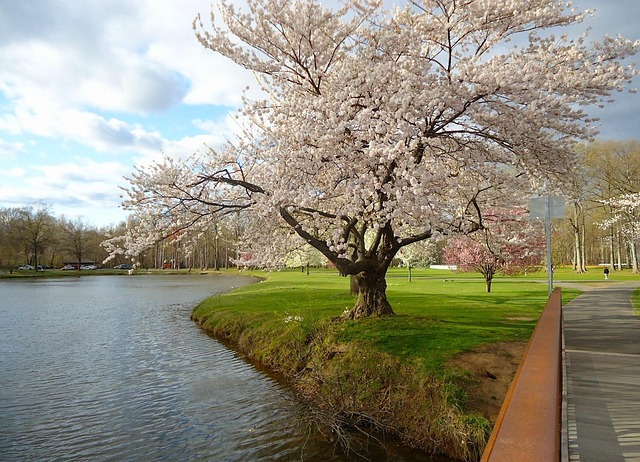
The Middlesex County Museum in Piscataway, NJ, offers a captivating journey through local history with its diverse exhibits and extensive collections. Visitors can explore the rich cultural heritage of the region, delving into topics ranging from early settlement to industrial growth. The museum’s displays showcase artifacts, documents, and photographs that bring the past to life, providing a unique perspective on Middlesex County’s evolution.
Through these exhibits, visitors gain insights into the lives of past residents, the area’s cultural diversity, and its significant role in regional and national history. Whether highlighting the region’s agricultural heritage, the impact of industrialization, or the stories of local pioneers, the collections aim to engage and educate, fostering a deeper appreciation for Middlesex County’s place in New Jersey’s narrative.
Visiting Information and Community Impact

Visiting the Cornelius Low House, located within the Middlesex County Museum in Piscataway, NJ, offers a unique glimpse into the region’s history. The museum provides a welcoming and informative environment for visitors interested in exploring local heritage. With accessible exhibits and a friendly staff, it caters to all ages, making it an ideal educational outing for families.
The community benefits greatly from this cultural institution as it fosters a deeper connection to Middlesex County’s past. By preserving and showcasing historical artifacts and stories, the museum inspires a sense of local pride and encourages residents to appreciate their rich surroundings. It also serves as a gathering space, hosting events and programs that bring people together, enhancing the overall cultural fabric of New Jersey.
